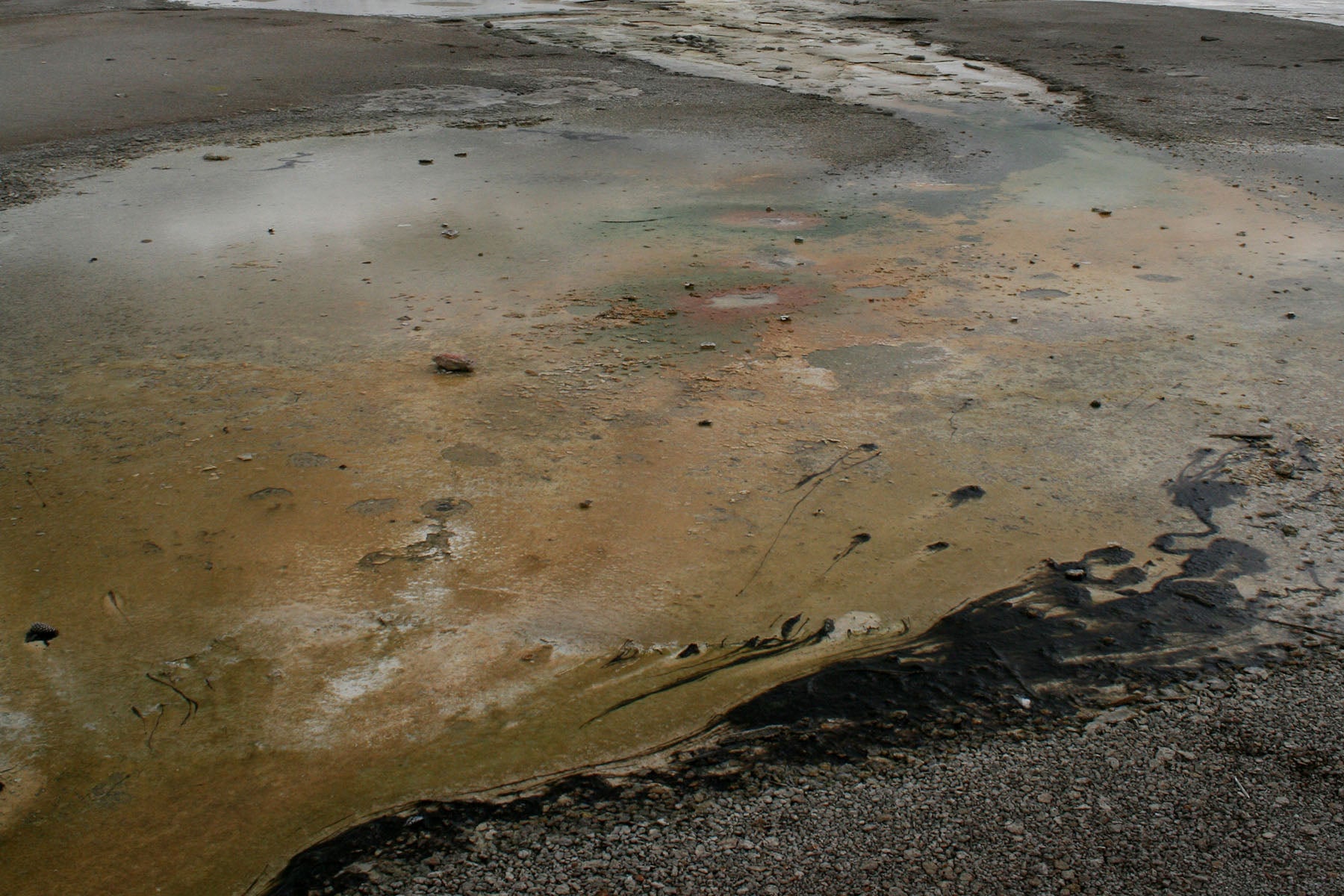
THE DYE PROCESS
The world bank estimates that 17% - 20% of industrial water pollution is derived from textile dyeing and finishing, with some 72 toxic chemicals identified solely from the dyeing of textiles, 30 of which cannot be removed from water. As such, our supply chain employs a variety of unique dye techniques aimed at minimizing environmental impact.
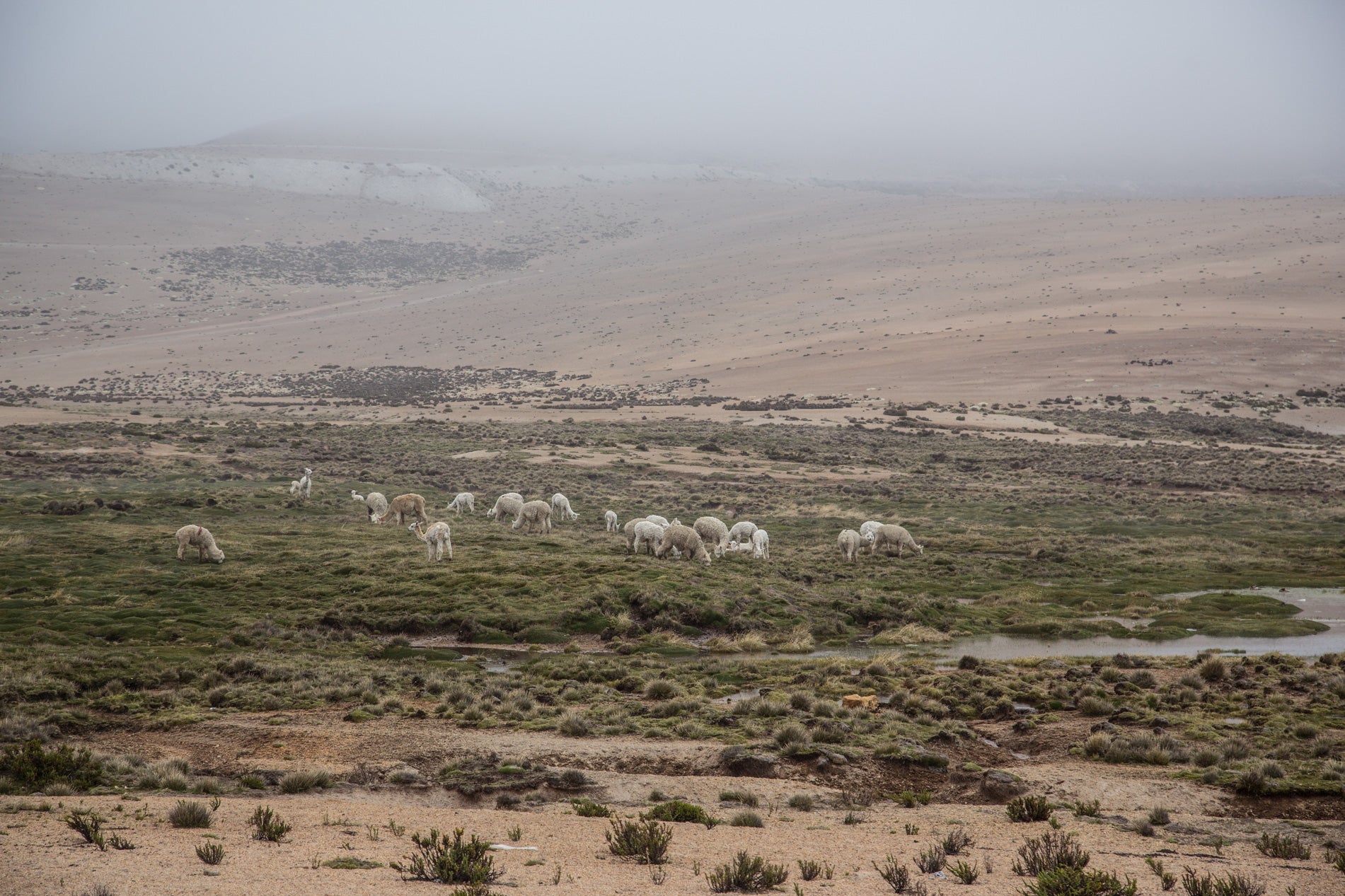
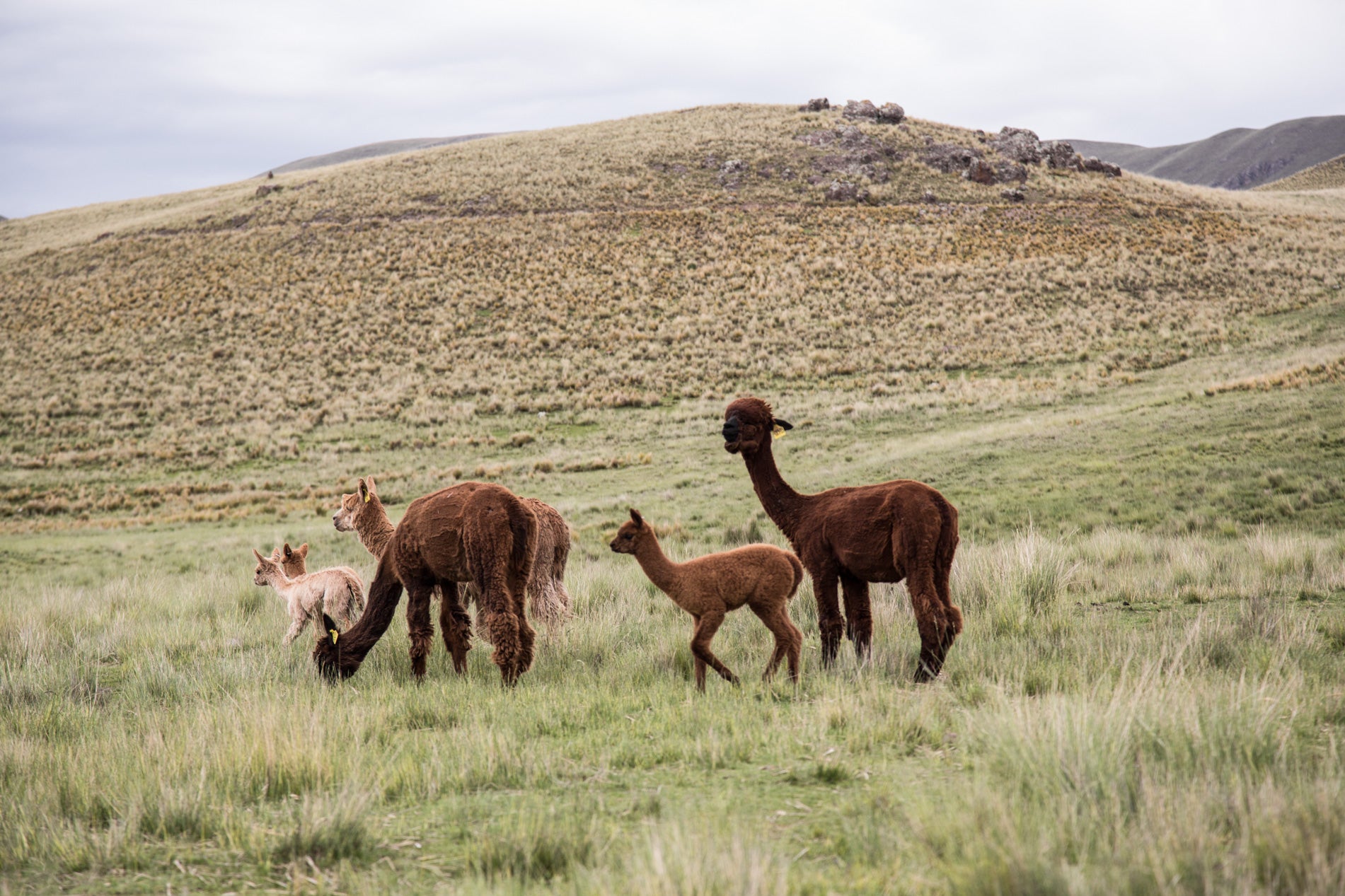

UNDYED-NATURAL COLORATION
The process of standardization and commercialization of natural fibers has effectively ensured a failed outcome. Not only does it generate a lower quality product but it does so at higher costs, reduced genetic diversity all while polluting the environment. In the case of alpaca the newer generations of herders have been incentivized to breed white alpacas so that fiber can be more easily dyed. Customer demands for colored fiber now requires dyeing- increasing capital, energy and water pollution. The end product not only exhibits less desirable coloration but the dye process results in a rougher hand feel.
Better looking deep rich coloration and softer hand feel with no chemicals, less energy, and less water. Why not let nature do its thing? Natural alpacas are found in 23 distinct colors and over 300 shades. We can't count the permutations. While not as diverse, the cashmere goat also is a great starting point for natural colors including white, grey, brown and beige. Invariably we insist on using natural coloration whenever possible.
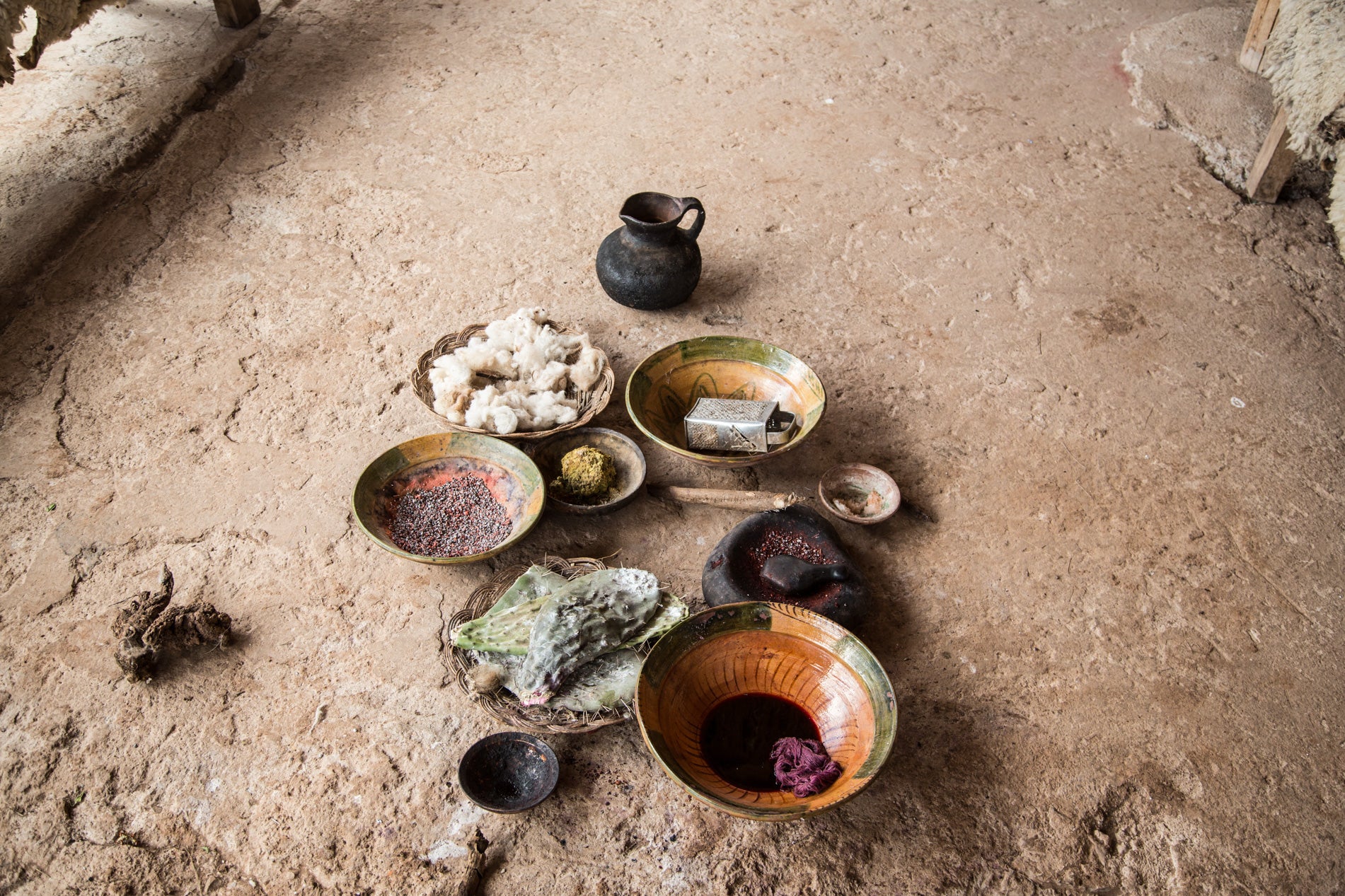

VEGETABLE DYES
Natural dyes are colorants derived from plants, invertebrates, or minerals. Most natural dyes are vegetable dyes and come from plant sources—roots, berries, bark, nuts, leaves, and wood. As these dyes are derived from natural sources and biodegrade they have minimal environmental impact. These types of dyes are also special as they create garments that are uniquely colored. Their availability can be affectd by seasonaility and weather and they also react differently to different fibers so application is material specific.
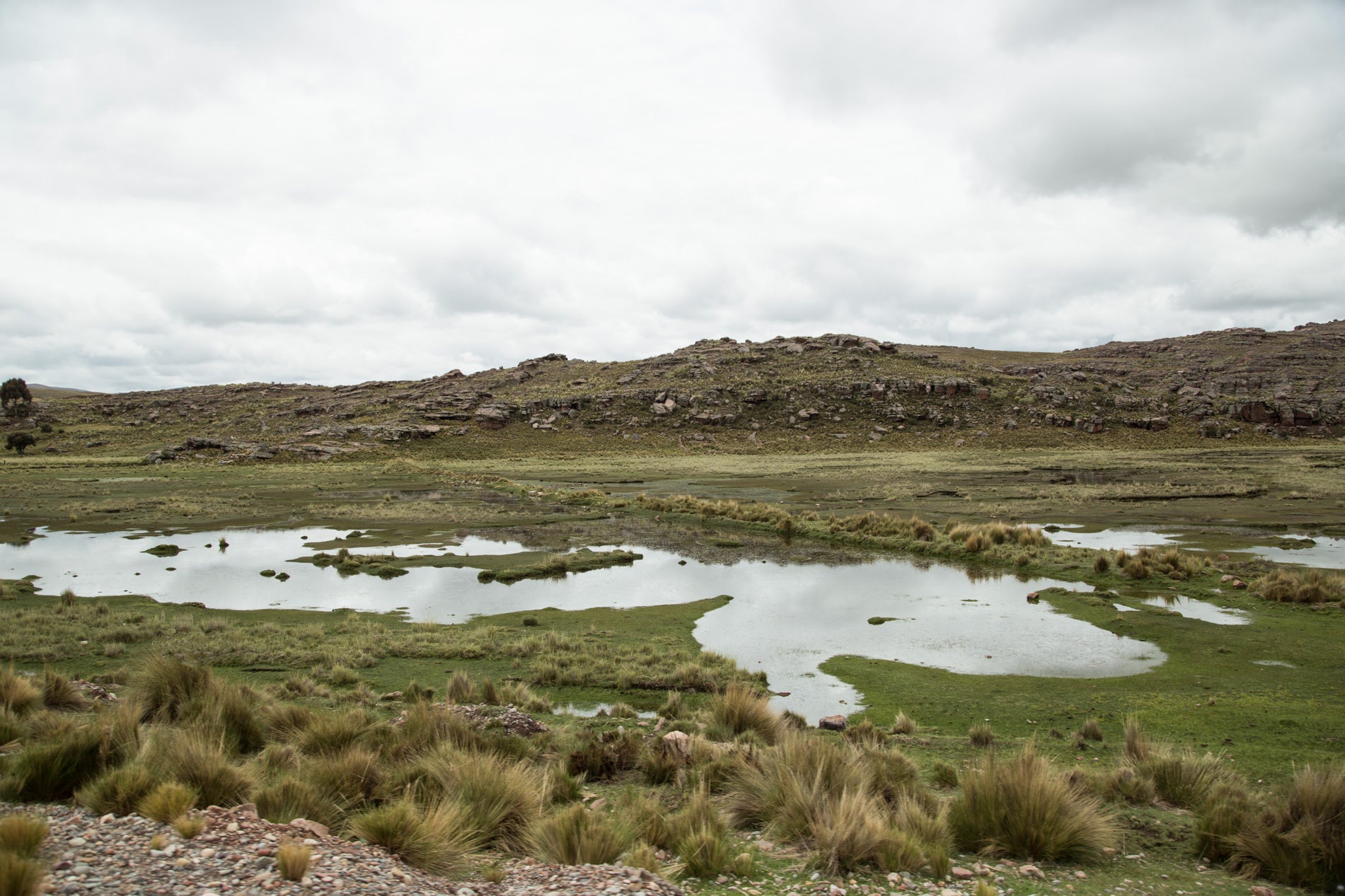

ECO-FRIENDLY LOW IMPACT CERTIFIED DYES
Our low-impact dyeing programs intend to eliminate harmful chemicals and waste, providing innumerable environmental and health benefits. The yarns and dyeing processes used are created within the global organic textile standards (GOTS) and the parameters of the Oeko-tex standard 100. As standards continue to evolve, we will continue to be active participants in numerous organic trade associations and certifying groups.

OEKE-TEX

GOTS
We avoid the following environmentally toxic compounds:
- Aromatic solvents
- Chlorophenols
- All apeos (i.E. Nonylphenol, octylphenol, apeo-polymers)
- Fluorocarbons (such as pfos and pfoa)
- Formaldehyde and other short-chain aldehydes
- Genetically modified organisms of any sort (gmos)
- Halogenated solvents
- Heavy metals (except iron and low salt)
- Plasticizers such as pah, phthalates, bisphenol
- Azo dyes and pigments that release carcinogenic arylamine
